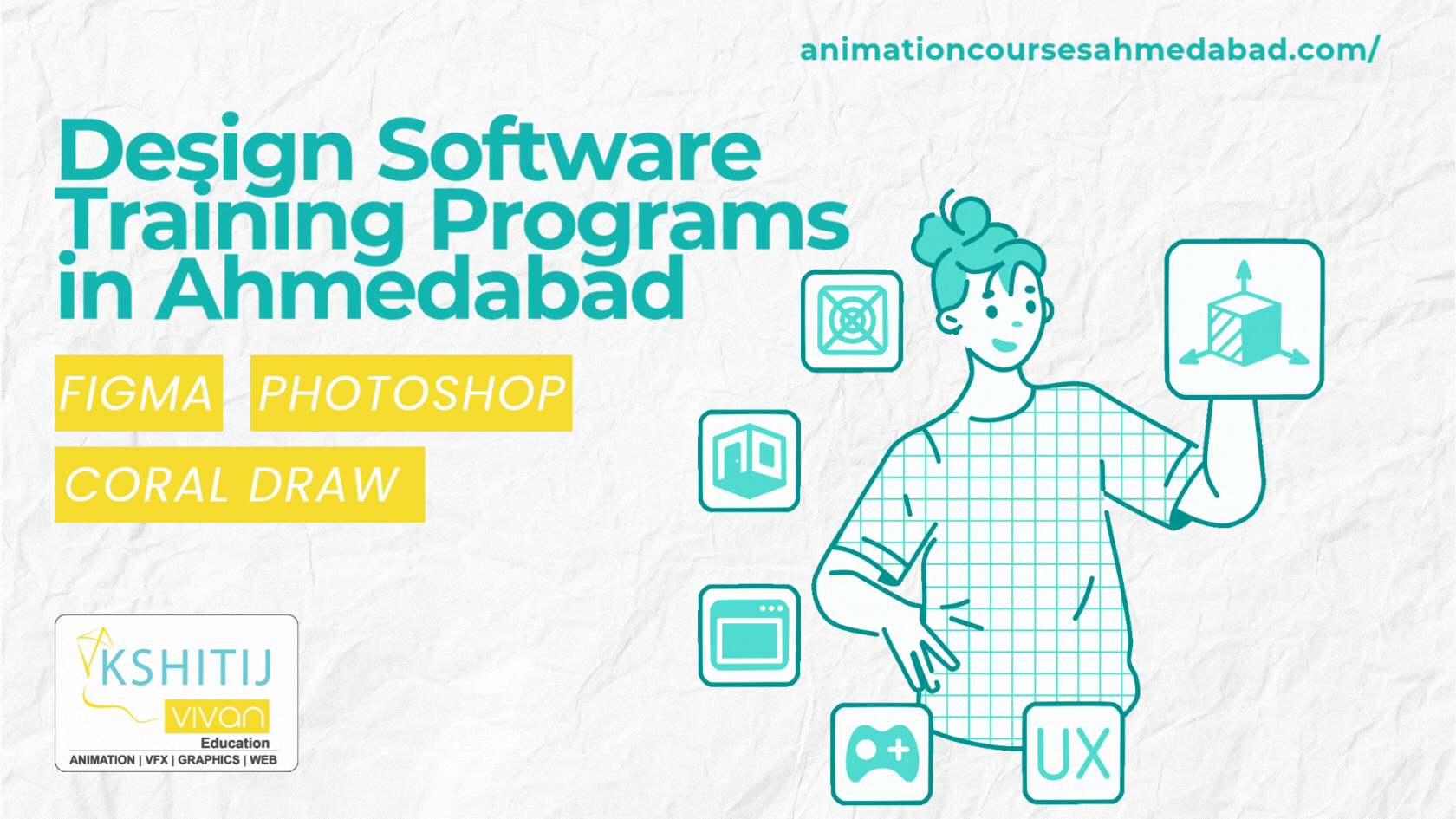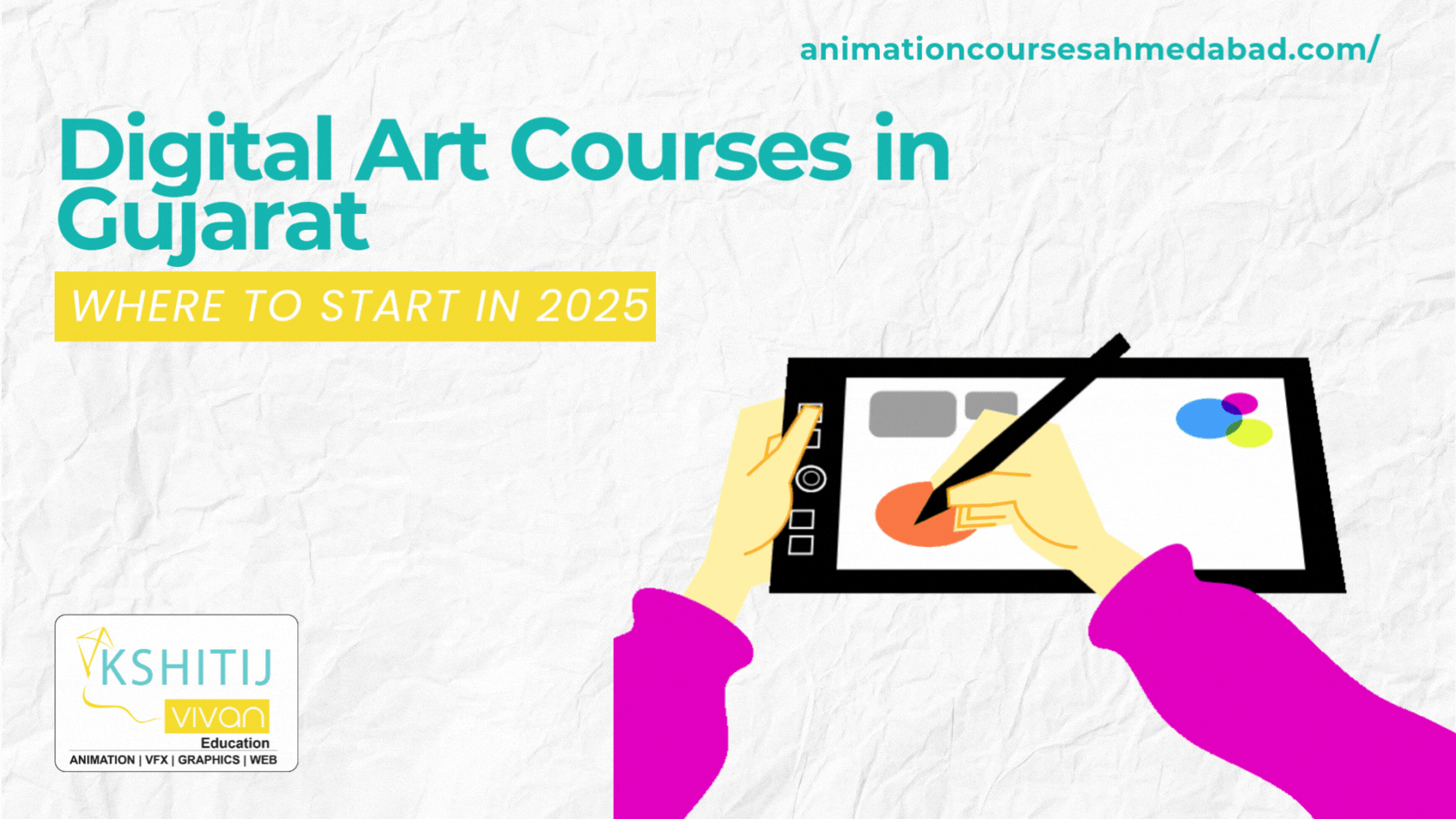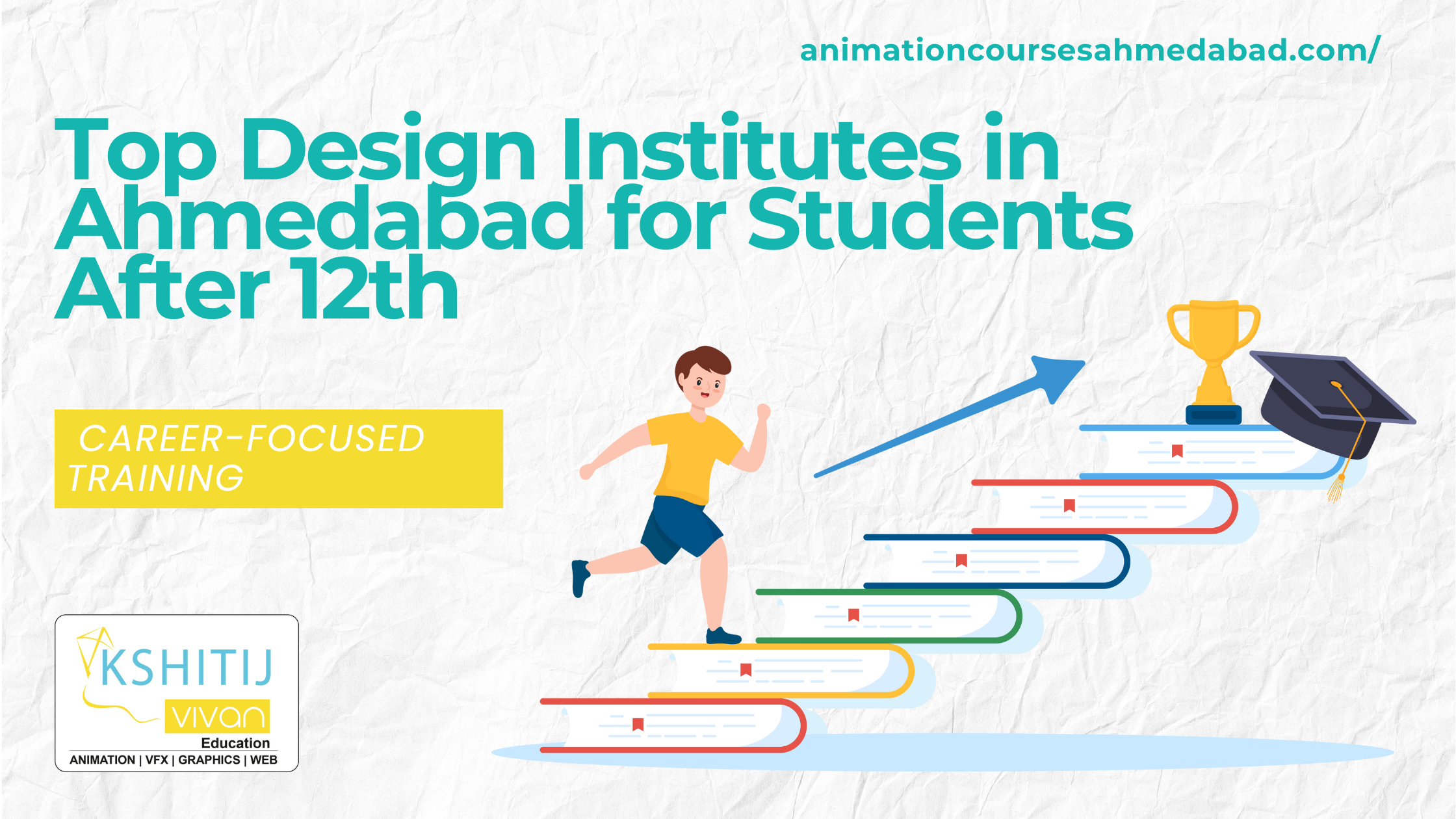
Guidelines of Logo Design
Good logo design requires a complex mixture of design skills, skillful application, and creative theory. Any designer worth their salt can create a fit-for-purpose logo, but mastering all aspects of the craft takes time.
Logo design is just one small subset of branding which these days can incorporate a dizzying number of activation points. So here are two design tips to help you improve your branding work from the research phase, through the varied stages of logo design craft, and finally the application of the mark.
[1] Logo Design Strategy
1. Understand your competition
Before you start working up a logo design concept, ensure you research your target market thoroughly. The client should be able to provide some information about their competitors.
Compare all the logos in their competitive set. This research reveals some entrench.
2. Ask the right questions
The strategy is becoming an increasingly important part of the branding process. What this means in practice will often depend on the scale of the project, but it all starts with asking the right questions.
The 5 things of the brand you are working on as a starting point: Why are we here?; What do we do? What makes different?; Who are we here for?; What do we value the most?; and What’s our personality?
3. Stay flexible during the process
Once you formulate a strategy, you don’t have to set it in stone. It can be a two-way street. Some of conceptual, strategic ideas that work in theory may fall apart in practice when visualized conversely, a compelling visual solution that begins from left-field during the design stage can feedback into stage two and help emerge the strategy retrospectively.
4. A logo is just one ingredient
People now join with a brand through a huge variety of different touch points, and the logo is not always the first point of contact with their brand.
Always keep in mind that as you develop your logo design: stay versatile and flexible, and examine how the logo interacts with the rest of brand experience, from packaging to tone of voice.
[2] Shape of Logo Design
1. Strip it back to basics
Firstly the most important are simplicity. An excellent way to check the simplicity of your concept is to keep subtracting elements until you reach its most basic form. Be brutal here. Is it still recognizable if you sketch it quickly with a few rough strokes? What are its unique, defining features? Generally speaking, the simpler a logo design.
2. Understand shape psychology
The shape psychology goes far beyond the obvious. Often used as a symbol of the hugely popular design are the yellow triangle, red square and blue circle that shape and color can transcend cultural and language barriers.
3. Master grids and structure
It’s becoming common for design agencies to air their sketchbooks in public, whether on online platforms or as part of project case studies on their websites or released to the design press.
Often these workings include the technical side of a design composition, revealing and discussing the grid that underlies its production and the specific curves and angles that define the shape. Such projects can be valuable reference points to inform your work and can help make abstract design principles.
4. Employ negative space
The smart use of negative space in a mark can raise a smile, using wit to aid brand recognition.
Use of appropriately, negative space can also pack extra meaning into a logo design, reinforcing the theory that the simplification through subtraction can lead to a more memorable brand mark.
Kshitij Vivaan offers career courses in Animation, VFX, graphics, web designing & gaming for students from different cities of Rajasthan such as Ajmer and Kota. KSHITIJ VIVAN helps these students get the best job placements according to their skills and talents to get the best start to their Professional Careers.



